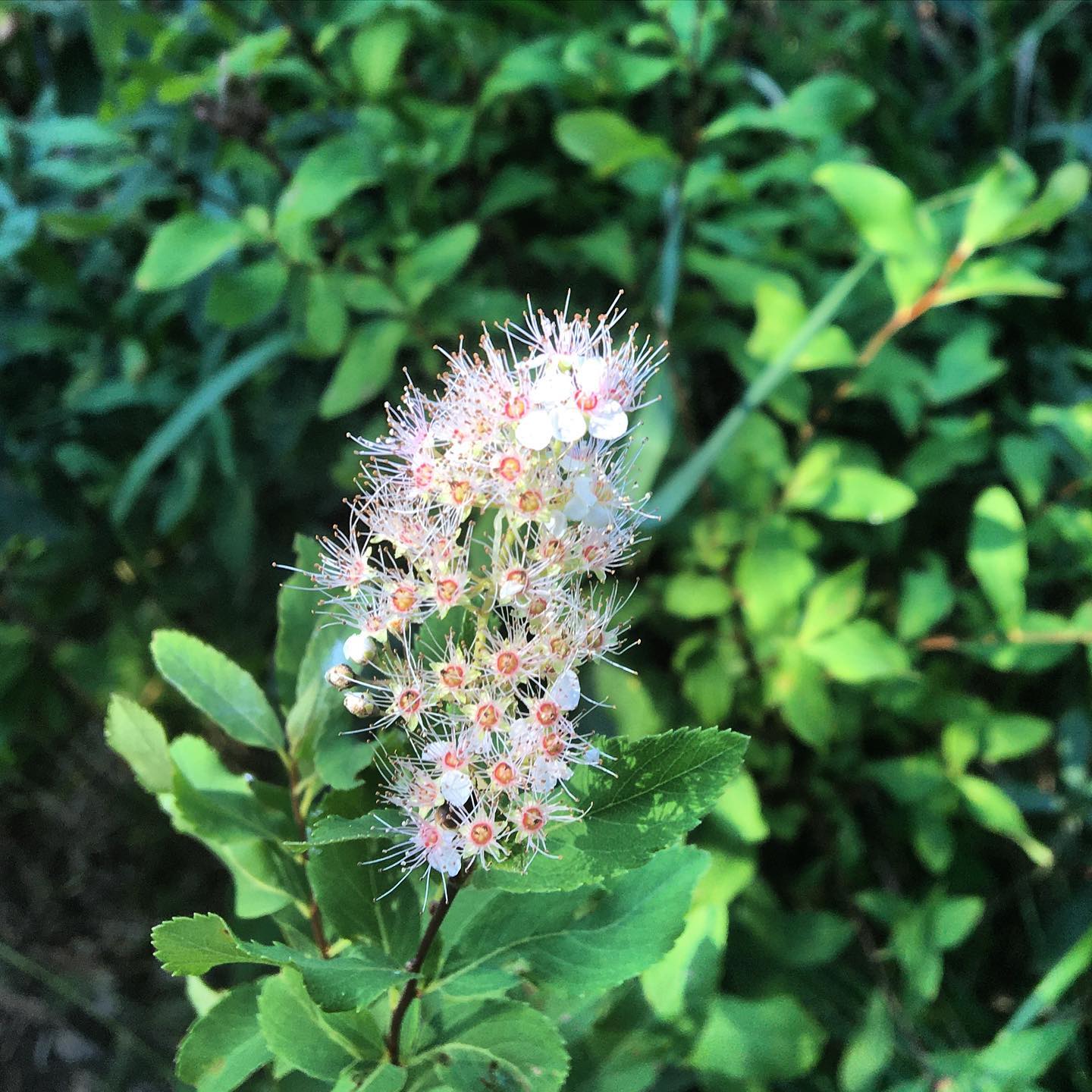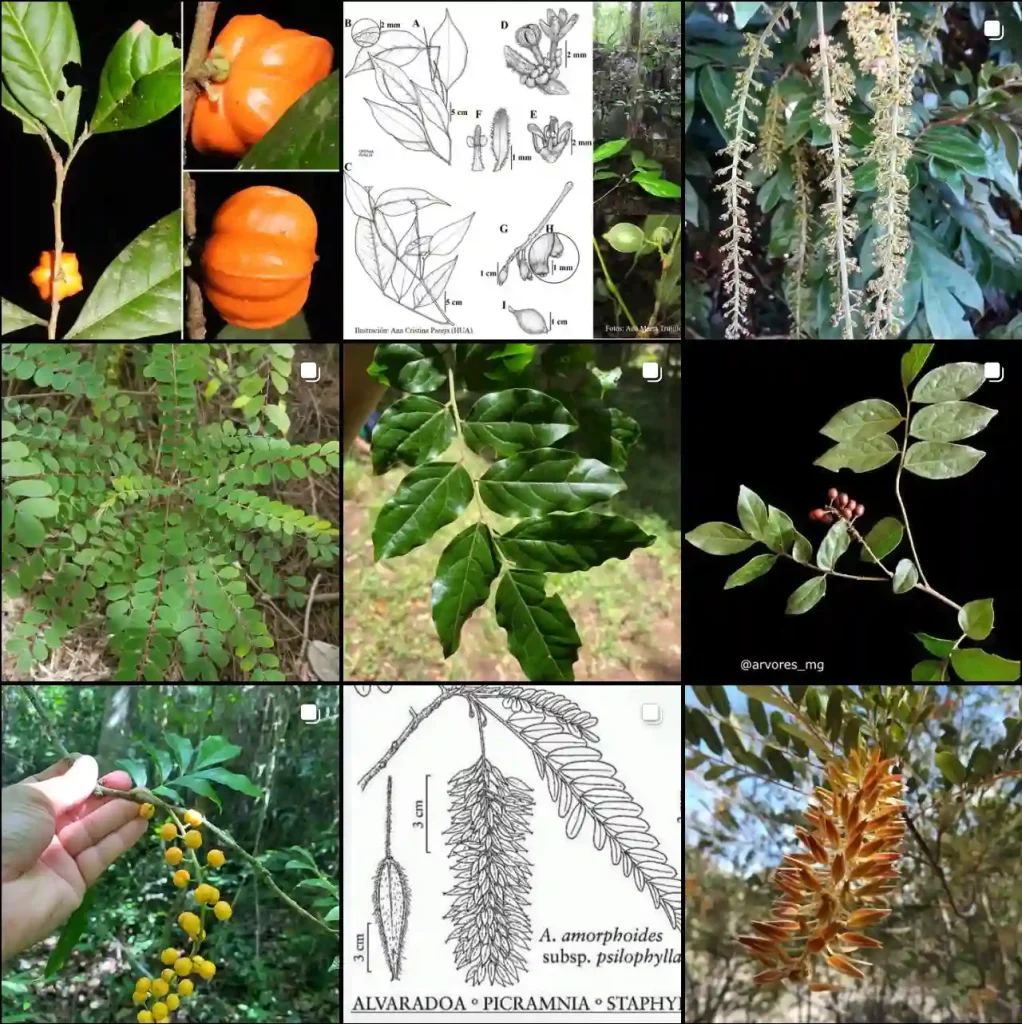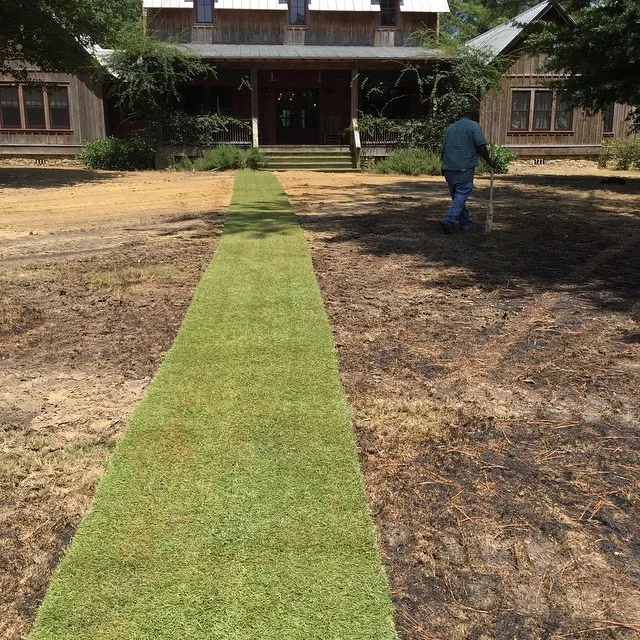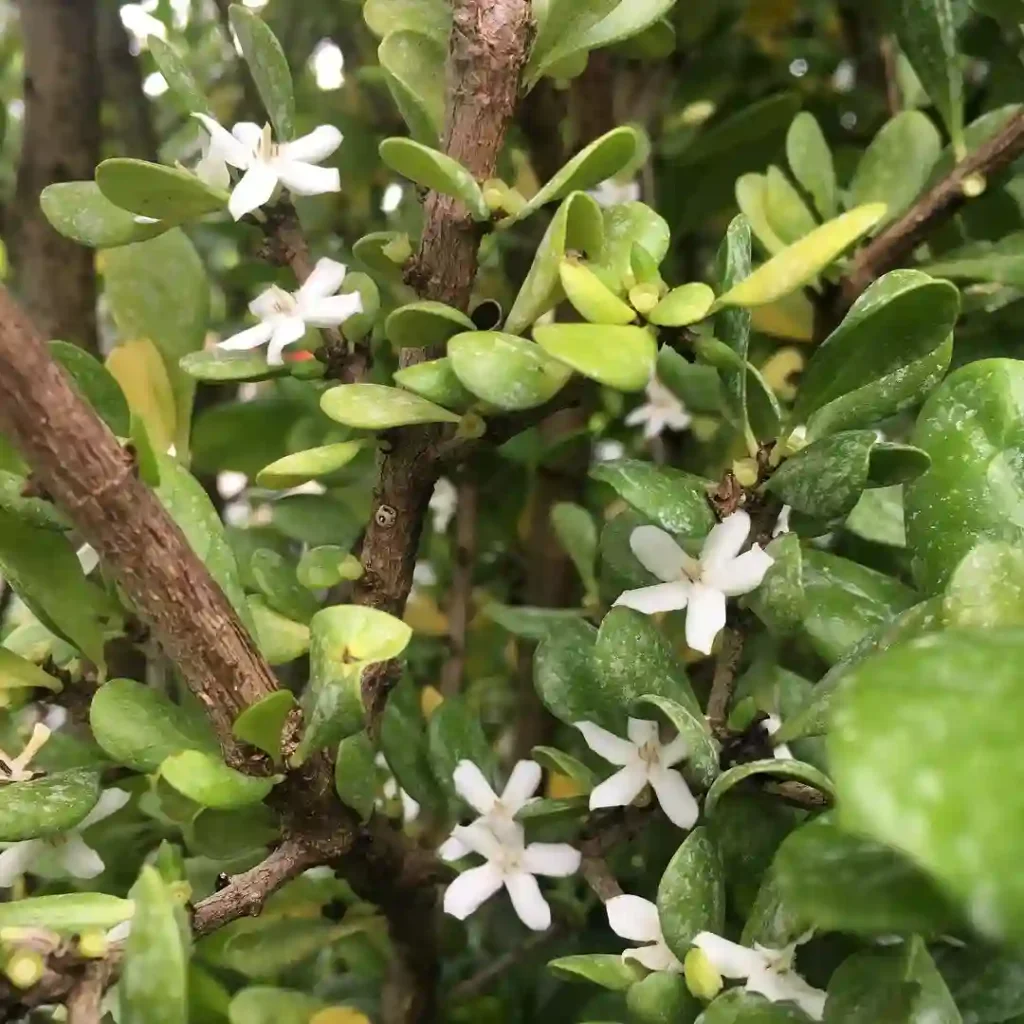Exploring the Lardizabalaceae Family: My Journey into the World of Unique Plants
As a plant enthusiast, I’m always on the lookout for fascinating families that tell stories of evolution, adaptation, and diversity. One family that recently captured my attention is Lardizabalaceae. This family, while not commonly discussed in the realm of gardening, boasts a rich history and an array of unique genera that I find both intriguing and beautiful.
What is Lardizabalaceae?
Lardizabalaceae is a small family of flowering plants primarily found in tropical and subtropical regions. It comprises around 7 genera and roughly 60 species. The family is particularly noted for its woody vines and climbers, which are often found in rainforest habitats. I’ve come to appreciate these plants not just for their beauty, but for their role in their ecosystems.
Genera of Lardizabalaceae
The primary genera within the Lardizabalaceae family include:
- Lardizabala – This genus is the namesake of the family and includes several species native to South America. I’ve observed that these plants often have striking flowers and are climbers by nature.
- Decaisnea – Known for its unique fruit, Decaisnea is sometimes called “blue sausage fruit.” I find its peculiar shape and vibrant color to be a conversation starter in any garden.
- Sargentodoxa – A genus that includes woody vines, Sargentodoxa is often used in ornamental gardening. I’ve seen it grow well in shaded areas, adding a lush feel to gardens.
- Akebia Decne. – 6 Species in Genus Akebia
- Boquila Decne.
- Sinofranchetia (Diels) Hemsl.
- Stauntonia DC.
Each genus contributes to the family’s overall appeal and diversity. My journey through the world of Lardizabalaceae has revealed the ecological importance of these plants, particularly as habitats continue to change.
Ecological Significance
Lardizabalaceae plants play crucial roles in their environments. Many species serve as food sources for various birds and insects, and their climbing nature allows them to reach sunlight in dense forests. I often marvel at how plants adapt to their surroundings; Lardizabalaceae is a testament to this.
In my exploration, I’ve noticed that these plants often exhibit specific adaptations that allow them to thrive. For instance, their climbing habit helps them access light in thick forests, while their fruits and flowers attract pollinators and seed dispersers. This interdependence within ecosystems is something I deeply respect.
Cultivation and Uses
While some members of the Lardizabalaceae family can be quite rare, I’ve found that several species are suitable for cultivation. They often thrive in well-drained soil and require some support for climbing. Personally, I’ve enjoyed growing Decaisnea due to its unusual fruit, which adds a unique touch to my garden.
Another noteworthy aspect of these plants is their ornamental potential. Many gardeners, including myself, appreciate their aesthetic qualities. Sargentodoxa, for instance, can create a lush green backdrop, while Lardizabala’s flowers add pops of color. When planning a garden, incorporating Lardizabalaceae can enhance visual interest and biodiversity.
Challenges and Conservation
Despite their beauty and ecological roles, many Lardizabalaceae species face threats from habitat destruction and climate change. In my discussions with fellow plant enthusiasts, we often emphasize the need for conservation efforts. Protecting these unique plants is crucial not just for their survival, but for maintaining the health of ecosystems where they play pivotal roles.
Conclusion
My exploration of the Lardizabalaceae family has opened my eyes to the beauty and complexity of nature. With genera like Lardizabala, Decaisnea, and Sargentodoxa, this family offers an intriguing glimpse into plant diversity. As I continue to learn and grow as a gardener, I am committed to appreciating and advocating for these remarkable plants. Their story is one of resilience, adaptation, and beauty, and I encourage fellow plant lovers to discover the wonders of Lardizabalaceae for themselves.
If i die, water my plants!



